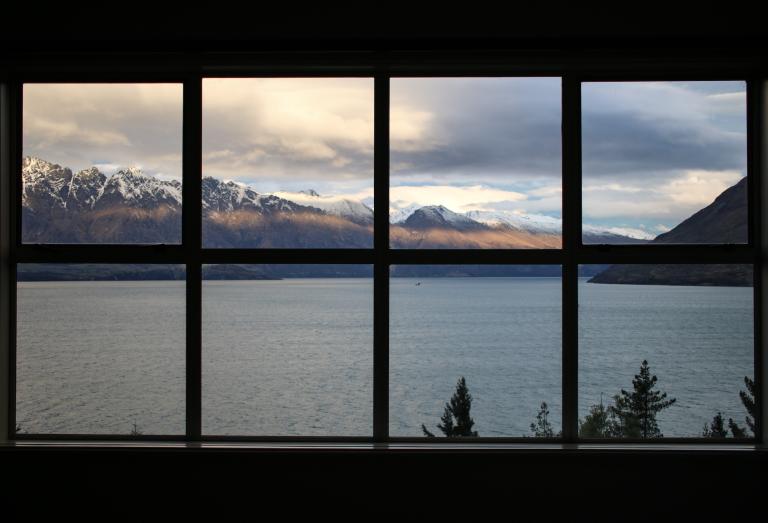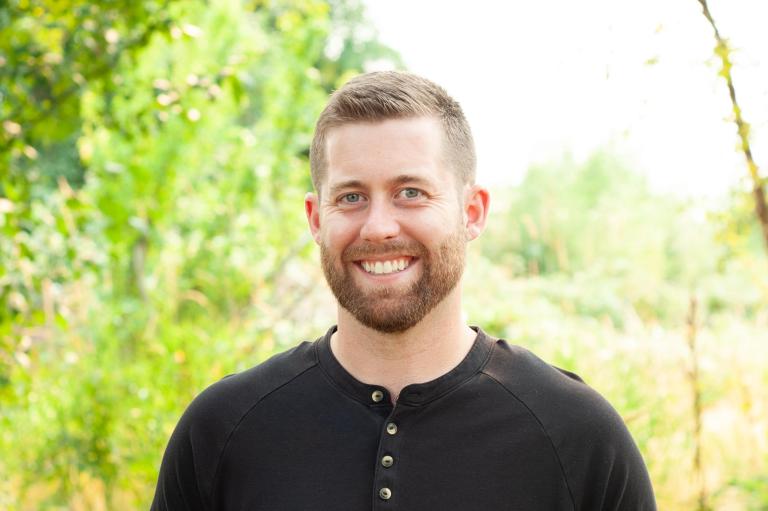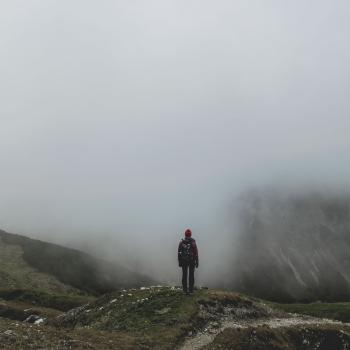
In 1955, psychologists Joseph Luft and Harrington Ingham developed a framework for mapping our awareness and self-awareness called the Johari Window.
Because spirituality is all about connectivity and relationship, this is a powerful tool for folks engaging in the spiritual life. From pastors to personal practitioners, the Johari Window is a really wonderful framework for understanding what we are currently aware of, things we need to work on, spaces in our life we need to soften in and process further, and even the mysterious nature of our humanity.
Here’s how it works:
(And a quick note: when I first learned this framework, I found myself labeling qualities in different quadrants as good/bad. If you notice yourself doing the same, try to step back and hold the contents of each quadrant without judgement.)
|
|
Quadrant 1: Recognized, Transparent
In Quadrant 1, this is us on full, transparent display.
If you were to map this quadrant for yourself, it would include the thoughts, feelings, narratives, stories, and behaviors you know about and that others know about you. For example, I know I love tardigrades and, because I share about them on Instagram, others know this about me as well. This part of my personality is purely Quadrant 1 material.
Quadrant 2: Unrecognized, Apparent
But in Quadrant 2, things get a little more spicy.
These are the parts of ourselves we don’t recognize, but other people do. If you were to ask someone what they think fits in this quadrant for you, they might list unrecognized gifts or tendencies, the ways you act out your unexamined privileges or biases, or even one or two little mannerisms you didn’t know you have.
Intimate partners, friends, family, and community members who come from different socioeconomic backgrounds and experiences often have front row seats to these parts of us. They are at times the closest benefactors of our unknown gifts and the most in danger of being harmed by our unrecognized biases and behavioral patterns. Those closest to us can hold up the mirror in ways that absolutely devastate our sense of identity, but also open us to new levels of awareness and healing.
If you’re interested in delving deeper into your inner life with practical and accessible tools and resources, my book Unmasking the Inner Critic: Lessons for Living an Unconstricted Life, is on sale for just $.99 until September 16!
Quadrant 3: Recognized, Hidden
Quadrant 3 is home to our hidden stories and the things we hold close to the chest.
These are the parts of ourselves we know about, but don’t want others to know. Included here might be constricting narratives and stories with which we hold guilt and shame or simply things we have chosen to maintain boundaries around. They are the things we’d just…rather keep to ourselves.
(And the size of this quadrant changes based on who the “others” are; for example, I keep some aspects of my identity hidden from my employer while happily sharing them with my friends.)
Quadrant 4: The Land of Mystery
Then there’s the strange and curious Quadrant 4: the land of mystery.
In this land lives the things about us nobody has awareness of…not even ourselves! Lisa Colón Delay refers to this as the space of “our growing edges.” She says we only get to experience what emerges from this quadrant when it moves into one of the other quadrants.
I admit – this is a hard space to conceptualize. But I think of the ah-ha moments we might have in therapy or in a good journaling session, when a new insight pops up as if out of nowhere. Or when we’re out walking in nature and realize something new about the direction of our life.
I have a sneaking suspicion the contents of this quadrant become more and more apparent as we gently tend to the contents of the other ones.
This article is a version of the August 30th edition of The Wednesday 1-2-3. This is my weekly email where I share short, embodied teachings, along with inner work questions and resources to take the teaching deeper.
Inner Work Questions
- As you process which stories or aspects of your identity might fit in the first and third quadrants, how does it feel in your body? What physical sensations, emotions, or connected stories pop up for you?
- Consider inviting a friend to share what they think might be in your second quadrant. If you do, notice any defensive or protective mechanisms that show up while they share. What part of you feels comfortable or uncomfortable being seen and named? If you don’t, what hesitations or fears are attached to the idea of having these aspects of you reflected back to you?
Resources
If this framework speaks to you, I’ve curated the three resources this week to help you go deeper at whatever intensity you’re comfortable with.
- Activity: Mapping the Johari Window: This is a worksheet for you to brainstorm the contents of each quadrant for yourself.
- The Wild Land Within is a brilliant book by Lisa Colón Delay guiding you into these quadrants.
- And the third is my upcoming shadow work course where you can meet side-by-side with others and be guided in working with the contents of the first three quadrants.













